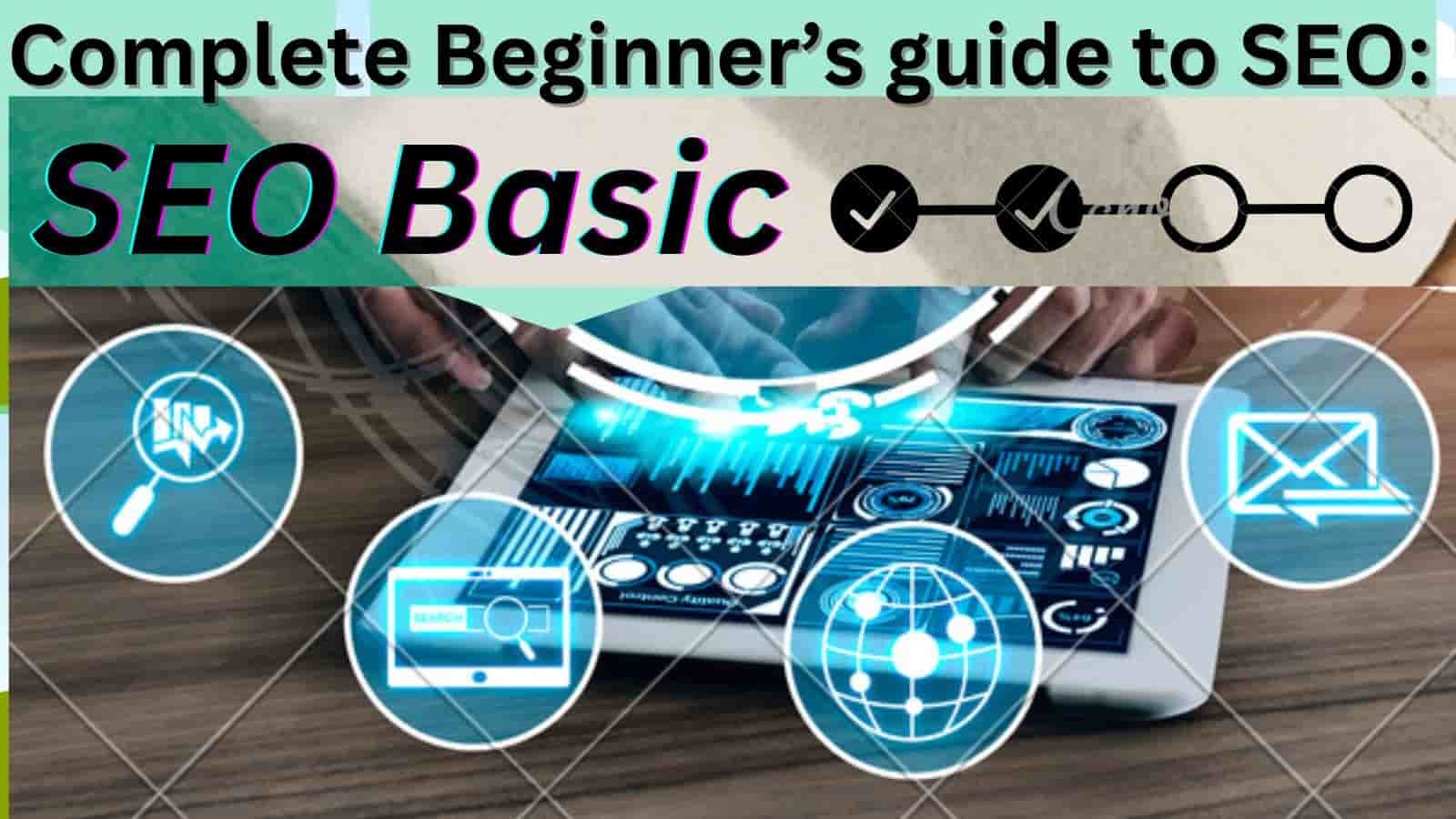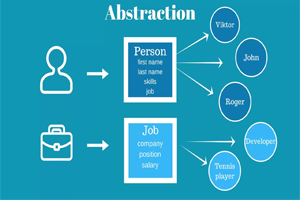The Power and Purpose of Backlinks: A Comprehensive Guide – M Usama
Published: 21 Sep 2023
In the ever-evolving landscape of digital marketing and search engine optimization (SEO), backlinks have remained a critical and enduring factor for success. A backlink, also known as an inbound or incoming link, is a hyperlink that directs traffic from one website to another. While the concept of backlinks may seem straightforward, their significance, strategies, and impact on search engine rankings are far more complex and nuanced. In this comprehensive guide, we will delve into the world of backlinks, exploring their role, types, acquisition methods, and best practices, all designed to help you harness the power of backlinks to enhance your online presence and SEO efforts.
Understanding the Importance of Backlinks
1. Authority and Trustworthiness
Search engines, led by Google, employ complex algorithms to determine the relevance and quality of web content. Backlinks play a pivotal role in this evaluation process. When a website receives multiple high-quality backlinks from authoritative sources, it is seen as a signal of trustworthiness and expertise in its niche. In essence, backlinks are like digital votes of confidence from one website to another.
2. Improved Search Engine Rankings
One of the primary objectives of SEO is to attain higher rankings on search engine results pages (SERPs). Backlinks are a key determinant of a website’s ranking position. High-quality and relevant backlinks can significantly boost a website’s visibility and organic traffic. Conversely, low-quality or spammy backlinks can lead to penalties from search engines.
3. Enhanced Organic Traffic
Backlinks are not just about improving search engine rankings; they also serve as direct pathways for users to discover your website. When a user clicks on a backlink leading to your site, it represents an opportunity to engage a new audience, potentially increasing conversions, sales, or other desired outcomes.

Types of Backlinks
Not all backlinks are created equal. Understanding the different types of backlinks is crucial for crafting an effective SEO strategy.
1. Natural Backlinks
Natural backlinks, also known as editorial or organic backlinks, are links that are acquired naturally without any deliberate effort from the website owner. They typically result from the high-quality content and valuable information provided on a website. These backlinks are the most valuable in the eyes of search engines because they reflect genuine interest and trust from other websites.
2. Manual Backlinks
Manual backlinks are acquired through intentional outreach and link-building efforts. Website owners actively seek opportunities to place their links on other websites, such as guest posting, influencer collaborations, or by requesting links from partners or industry peers. While manual backlinks can be valuable when done correctly, they must be obtained ethically and follow search engine guidelines.
3. Self-Created Backlinks
Self-created backlinks are links that website owners create themselves, often through user-generated content or forum posts. These types of links are generally considered lower in quality, and some search engines may even disregard them or penalize websites that abuse self-created backlinks.
4. Toxic Backlinks
Toxic backlinks are links from spammy, low-quality, or blacklisted websites. These links can harm a website’s SEO efforts and may lead to penalties from search engines. It’s essential to regularly audit your backlink profile to identify and disavow toxic backlinks to protect your website’s reputation.
Strategies for Acquiring Backlinks
Now that we’ve covered the types of backlinks, let’s explore various strategies for acquiring them:
1. Content Creation and Promotion
High-quality content is the cornerstone of effective backlink acquisition. When you create valuable, informative, and engaging content, other websites are more likely to link to it naturally. Invest in creating content that addresses your target audience’s needs, questions, and interests.
2. Guest Posting
Guest posting involves writing articles or blog posts for other websites in exchange for a backlink to your site. When choosing websites for guest posting, focus on reputable, authoritative, and relevant platforms within your niche. Ensure that your guest posts provide valuable information to the readers.
3. Broken Link Building
Broken link building is a tactic where you identify broken links on other websites and offer to replace them with links to your relevant content. This approach benefits both parties: you gain a valuable backlink, and the website owner fixes their broken link issue.
4. Influencer Outreach
Collaborating with influencers in your industry can help you acquire backlinks from their websites or social media profiles. Influencers often have a substantial online following, and their endorsement can lend credibility to your content.
5. Networking and Partnerships
Building relationships with other website owners and industry peers can lead to natural backlink opportunities. Look for opportunities to collaborate on projects, share resources, or participate in industry events where your website can be mentioned or linked to.
Best Practices for Effective Backlink Building
To maximize the benefits of your backlink-building efforts, it’s essential to follow these best practices:
1. Focus on Quality Over Quantity
It’s better to have a few high-quality backlinks from authoritative websites than numerous low-quality backlinks. Quality backlinks have a more significant impact on SEO and user trust.
2. Diversify Your Backlink Profile
Avoid relying heavily on one type of backlink source or anchor text. A diverse backlink profile appears more natural to search engines and reduces the risk of penalties.
3. Monitor and Analyze Your Backlinks
Regularly monitor your backlink profile using tools like Google Search Console or third-party SEO software. Identify toxic backlinks and disavow them to maintain a healthy link profile.
4. Stay Within Search Engine Guidelines
Follow search engine guidelines for ethical link-building practices. Avoid black hat SEO tactics such as buying backlinks or engaging in link farms, as these can lead to severe penalties.
5. Keep Your Content Fresh and Relevant
Continuously update and improve your website’s content to maintain its relevance and appeal to both users and search engines. Fresh content attracts more backlink opportunities.
Challenges and Considerations
While backlinks can be a potent asset in your SEO strategy, they also come with challenges and considerations:
1. Competition
Competition for high-quality backlinks can be fierce, especially in competitive niches. To stand out, you must consistently produce exceptional content and engage in strategic outreach.
2. Changing Algorithms
Search engine algorithms frequently evolve, and what worked in the past may not yield the same results in the future. Staying informed about algorithm updates and adjusting your strategies accordingly is essential.
3. Link Earning Takes Time
Acquiring high-quality backlinks and building a strong backlink profile is a long-term endeavor. Be patient and persistent in your efforts, as it may take time to see significant results.

Conclusion
Backlinks remain a critical factor in SEO and online visibility. When used strategically and ethically, they can significantly improve a website’s search engine rankings, authority, and organic traffic. By understanding the different types of backlinks, employing effective acquisition strategies, and adhering to best practices, you can harness the power of backlinks to enhance your online presence and achieve your digital marketing goals. Remember that the landscape of SEO is continually evolving, so staying informed and adaptable is key to long-term success in the world of backlinks and search engine optimization.
What is Broken Link Building?
Broken link building is a tactic where you identify broken links on other websites and offer to replace them with links to your relevant content. This approach benefits both parties: you gain a valuable backlink, and the website owner fixes their broken link issue.
Link Earning Takes How Many Time?
Acquiring high-quality backlinks and building a strong backlink profile is a long-term endeavor. Be patient and persistent in your efforts, as it may take time to see significant results.
what is Influencer Outreach?
Collaborating with influencers in your industry can help you acquire backlinks from their websites or social media profiles. Influencers often have a substantial online following, and their endorsement can lend credibility to your content.
What is Broken Link Building?
Broken link building is a tactic where you identify broken links on other websites and offer to replace them with links to your relevant content. This approach benefits both parties: you gain a valuable backlink, and the website owner fixes their broken link issue.

- Be Respectful
- Stay Relevant
- Stay Positive
- True Feedback
- Encourage Discussion
- Avoid Spamming
- No Fake News
- Don't Copy-Paste
- No Personal Attacks

- Be Respectful
- Stay Relevant
- Stay Positive
- True Feedback
- Encourage Discussion
- Avoid Spamming
- No Fake News
- Don't Copy-Paste
- No Personal Attacks





